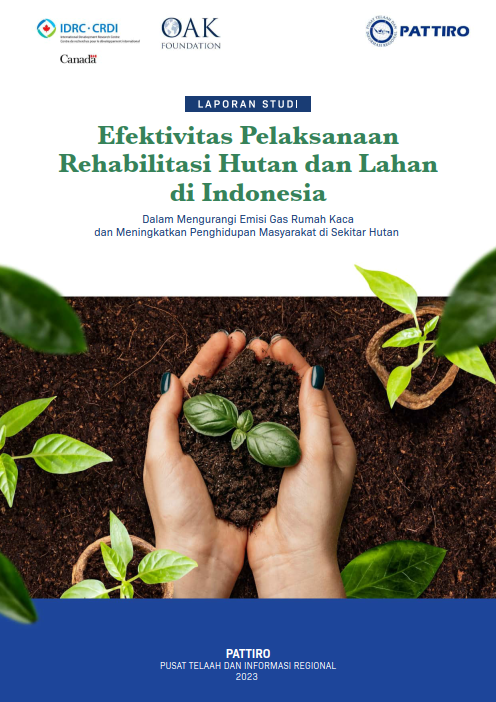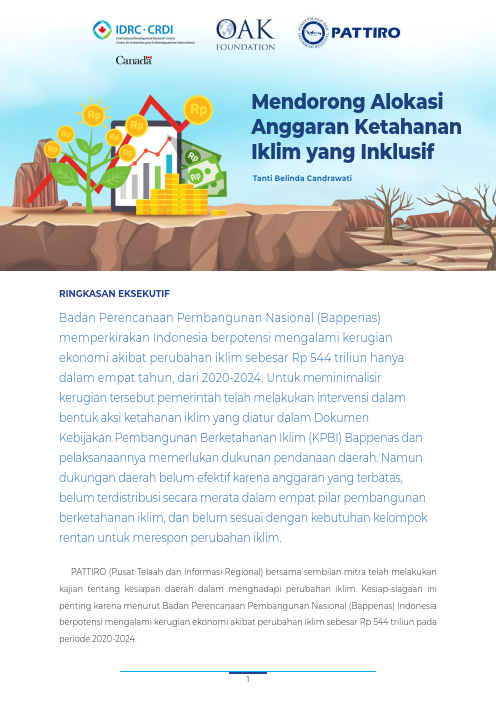![]() Openness of Public Information in Indonesia
Openness of Public Information in Indonesia
Implementation of Law no. 14 of 2008 concerning Public Information Openness (KIP) has been in place for four years. The average achievement of basic compliance for the formation of Information and Documentation Management Officers (PPID) has only reached 48.27%. This low achievement not only occurs in regional governments, especially districts which have only reached 170 out of 399 districts (42.61%), but also in state institutions at the Ministry/LSN/LPP level where only 41 out of 129 institutions (31.78%) have reached . In fact, the formation of PPID in public bodies is only the initial stage of efforts to realize transparency in state administration. Apart from that, only a small number of PPIDs are functioning optimally. One indication is the implementation of the Minister of Home Affairs Instruction no. 188.52/1797/SC/2012 of 2012 concerning Transparency in Regional Budget Management was only implemented by 123 of 434 (28.3%) districts/cities that had websites in 2014. 3 Even though transparency is intended to be able to leverage: (a) improving the quality of service to the community, business and industry, (b) efficiency, especially administrative costs incurred by both the government and stakeholders, (c) community participation in the process of democratic public policy making, (d) public trust in government administrators.
PATTIRO's experience in managing the Community Access to Information (CATI) program shows that there are three types of benefits from implementing the KIP Law for the community, namely: (a) ease of accessing public information, (b) the community benefits from improved public services, (c) prevent irregularities and corrupt practices in the implementation of public services.
The degree of benefit obtained by the community is also influenced by the effectiveness of the collaborative approach (collaborative engagement) between the community and public bodies. Public information received by the public will give rise to a response in the form of demands for improvements to public services and supervision of their implementation. Furthermore, it is the public body's feedback that determines whether the public will benefit or vice versa. If public agencies are responsive, then public responses will be used to evaluate service delivery practices. On the other hand, if public bodies close themselves off, then a process of bargaining and mutual pressure between society and public bodies will occur.
Change at the Community Level
In strengthening the transparency system, PATTIRO also focuses on ensuring that the public can benefit from access to information. Strengthening community groups through community organizing known as community centers was chosen as a strategy to put pressure on public bodies (state affairs administrators) to be transparent with the information they control. Strengthening CC in using the right to know to utilize information into material (ammunition) for advocacy for improving public services and converting it into direct benefits. The CC capacity building stage includes several levels, namely (a) CC is able to identify service problems in the area to be converted into the type of information needed, (b) CC is able to submit requests for information, (c) CC obtains the requested information and discusses it into material for advocacy ( and other follow-up actions), (d) CC submits complaints/proposals for improving public services at service units, while simultaneously conveying complaint information to public bodies or converting it into direct benefits;, (e) CC takes the initiative to build regular dialogue with service providers.
The public's need for public information tends to lead to the type of information that is capable of increasing welfare through improving public services. At a certain level, society begins to need the type of information that leverages participation in public decision making. Meanwhile, groups of citizens who have had their basic services met are starting to need the type of information that leverages accountability in government administration.




